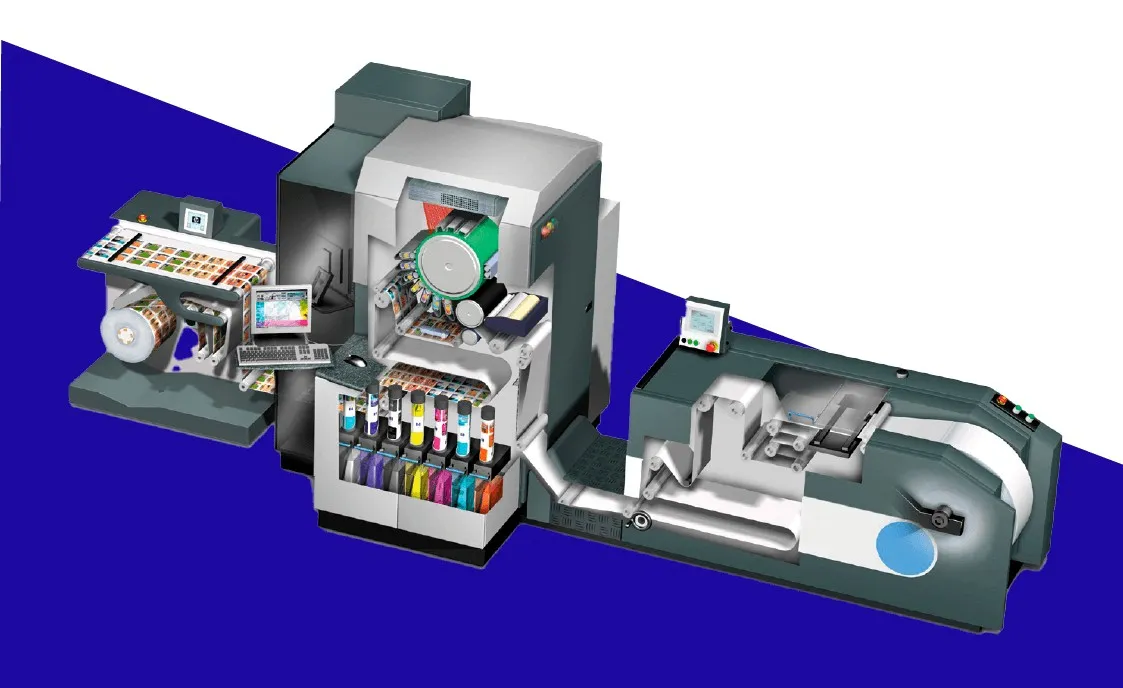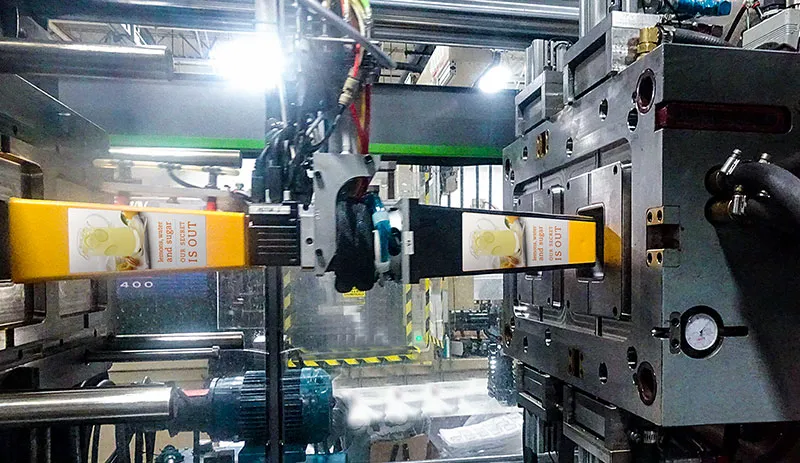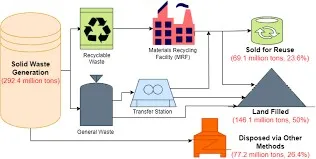Advances in In-Mold Decoration System Technology
In-Mold Decoration (IMD) technology has revolutionized the manufacturing industry by integrating decoration directly into the molding process. This method combines the aesthetic appeal of surface finishing with the structural integrity of molded parts, resulting in high-quality, durable products. Recent advancements in IMD systems have further enhanced their capabilities, making them more efficient, versatile, and sustainable. This article explores the key innovations in IMD technology, including digital printing, automation, material science, and sustainability efforts.
Digital Printing and High-Resolution Graphics
One of the most significant advancements in IMD technology is the adoption of digital printing techniques. Traditional methods, such as screen printing, were limited in terms of color variety and design complexity. Digital printing, however, allows for high-resolution graphics with intricate details and a broad color gamut. This innovation enables manufacturers to produce visually stunning products with gradients, photorealistic images, and fine text.
Digital printing also offers greater flexibility in design changes. Unlike traditional methods that require new screens or molds for each design alteration, digital files can be easily modified, reducing lead times and costs. This adaptability is particularly beneficial for industries like consumer electronics and automotive, where product designs frequently evolve.

Integration with 3D Modeling Software
Advanced IMD systems now seamlessly integrate with 3D modeling software, allowing designers to simulate the decoration process before production. This integration helps identify potential issues, such as distortion or misalignment, early in the design phase. By visualizing the final product in a virtual environment, manufacturers can optimize designs for better aesthetics and functionality.
Automation and Robotics in IMD Processes
Automation has played a crucial role in enhancing the efficiency and precision of IMD systems. Robotic arms are now commonly used to handle delicate films and place them accurately into molds. This automation reduces human error, increases production speed, and ensures consistent quality across large batches.

Moreover, automated systems are equipped with sensors and vision systems that monitor the placement of films in real-time. Any misalignment or defect is detected immediately, allowing for quick corrections and minimizing waste. This level of precision is essential for applications requiring high tolerances, such as medical devices and automotive interiors.
Smart Manufacturing and IoT
The integration of the Internet of Things (IoT) into IMD systems has enabled smart manufacturing practices. Sensors embedded in molds and machinery collect data on temperature, pressure, and cycle times. This data is analyzed to optimize process parameters, predict maintenance needs, and reduce downtime. As a result, manufacturers can achieve higher productivity and lower operational costs.
Advances in Material Science
Material science has been a driving force behind the evolution of IMD technology. New polymer films with enhanced properties, such as improved scratch resistance, UV stability, and chemical resistance, have expanded the applications of IMD. These films can withstand harsh environments without compromising on aesthetics.
| Property | Traditional Films | Advanced Films |
|---|---|---|
| Scratch Resistance | Moderate | High |
| UV Stability | Low to Moderate | High |
| Chemical Resistance | Limited | Excellent |
| Design Flexibility | Basic | High (Digital Printing) |
Additionally, the development of eco-friendly materials has aligned IMD technology with sustainability goals. Biodegradable and recyclable films are now available, reducing the environmental impact of decorated plastic products. These materials maintain the same performance standards as conventional films while offering a greener alternative.
Sustainability and Environmental Considerations
Sustainability has become a key focus in manufacturing, and IMD technology has made significant strides in this area. The ability to integrate decoration directly into the molding process eliminates the need for secondary operations, such as painting or labeling, which often involve volatile organic compounds (VOCs) and generate waste.

Furthermore, IMD systems are being designed to minimize material usage. Precision film placement and optimized mold designs reduce scrap rates, contributing to a more sustainable production cycle. Manufacturers are also exploring closed-loop systems where waste films are recycled back into the production process.
Energy Efficiency
Modern IMD machinery is engineered for energy efficiency. Advanced injection molding machines with servo-driven motors consume less energy compared to traditional hydraulic systems. This reduction in energy consumption not only lowers operational costs but also decreases the carbon footprint of manufacturing operations.
Future Trends in IMD Technology
The future of IMD technology looks promising, with several emerging trends set to shape the industry. Augmented reality (AR) and virtual reality (VR) are being explored for design and training purposes, allowing engineers to interact with virtual molds and decorations. Additionally, the adoption of artificial intelligence (AI) for quality control will further enhance the precision and reliability of IMD processes.
Another exciting development is the combination of IMD with other technologies, such as in-mold electronics (IME). IME integrates printed electronics into molded parts, enabling touch controls, lighting, and other interactive features. This convergence opens up new possibilities for smart products in the automotive,家电, and medical sectors.

In conclusion, the advancements in In-Mold Decoration system technology have transformed it into a highly efficient, versatile, and sustainable solution for modern manufacturing. From digital printing and automation to material innovations and eco-friendly practices, IMD continues to evolve, meeting the demands of various industries. As technology progresses, IMD will undoubtedly play a pivotal role in the creation of next-generation products.

